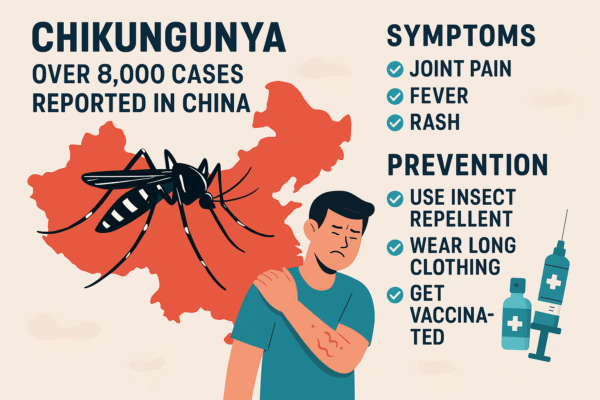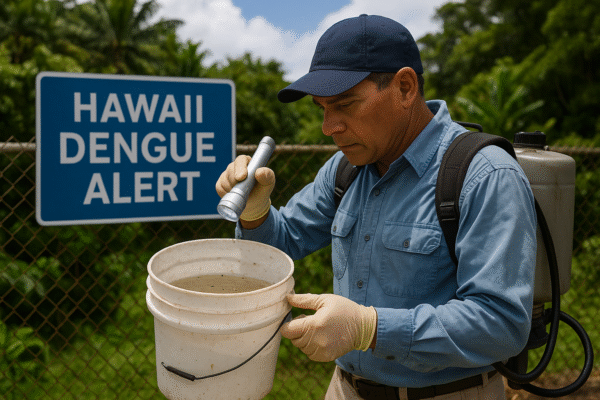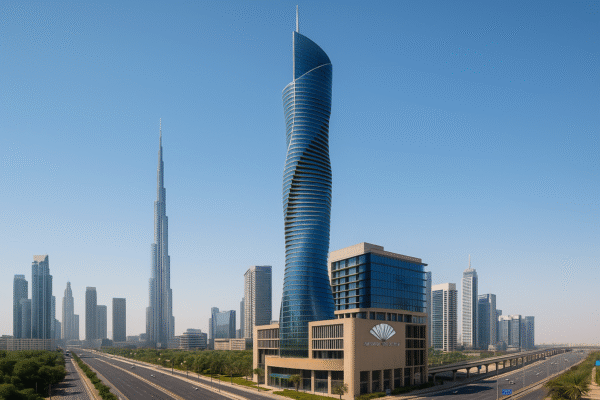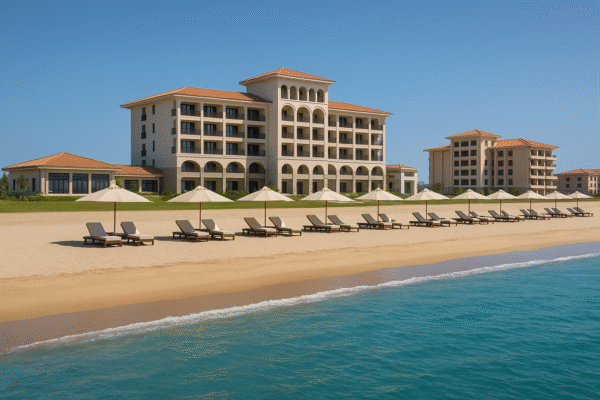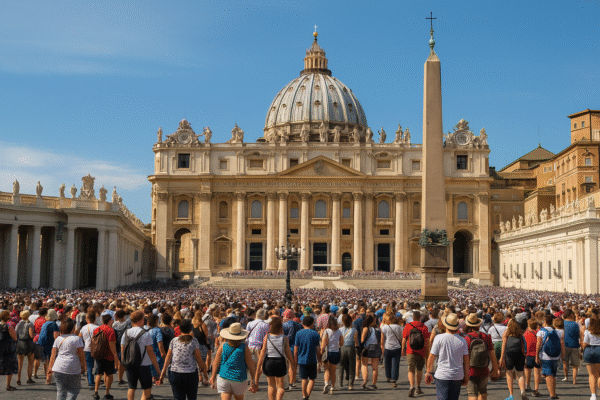International travel experienced an unprecedented resurgence in 2024, with approximately 1.4 billion international tourists journeying across borders—nearly a full rebound to pre-pandemic levels and an 11 percent increase over 2023 figures, according to UN Tourism data. This rebound highlights the enduring appetite for exploration and discovery that plummeted only a few years prior.
While this tourism revival is welcome news for economies worldwide, it has intensified pressures on several petite yet globally revered destinations. A compelling analysis published by a safari travel specialist, Go2Africa, leveraged official tourism figures and population statistics to calculate how many visitors each resident had to host over the year. Their findings shed light on places where locals were vastly outnumbered by tourists.
Vatican City (Vatican City, Italy)
Topping the list is Vatican City, where the ratio of tourists to residents reached a staggering 7,709 to 1, making it the most overcrowded destination worldwide. This tiny sovereign city-state covers just 0.44 square kilometers and houses fewer than 900 people—mostly clergy, officials, and diplomats. Yet millions flow in annually, drawn by its spiritual resonance and the masterpieces of the Sistine Chapel, St. Peter’s Basilica, and the Vatican Museums.
Andorra (Andorra la Vella, Andorra)
Following closely is the mountainous principality of Andorra, sandwiched between Spain and France. In 2024, around 9.6 million visitors flocked to this small nation, whose resident population hovers just above 80,000. The contrast between visitor volume and local numbers underscores the intensity of tourist inflow relative to its compact size.
San Marino (San Marino, San Marino)
The microstate of San Marino, perched atop the Apennines and encircled by Italy, drew approximately 2 million tourists per year, despite having a population of just over 33,000. Tourism is vital to the republic’s economy, with visitors enchanted by its medieval fortresses, ancient churches, and panoramic views. Many come as a day trip from nearby coastal regions on Italy’s Adriatic coast, blending cultural exploration with regional holiday escapes.
The Bahamas (Nassau, Bahamas)
In the Caribbean, The Bahamas recorded more than 11 million visitors in 2024—an astonishing figure when measured against its roughly 400,000 residents. Its appeal lies in sun-drenched beaches, vibrant marine life, and luxury resorts—though such high visitor density underscores the overtourism pressures endured by the archipelago.
Saint Kitts and Nevis (Basseterre, Saint Kitts and Nevis)
Finally, Saint Kitts and Nevis, another small Caribbean nation, rounded out the top five most overcrowded hotspots. While its population is modest, tourism swells with arrivals attracted by verdant landscapes, historic colonial towns, and calm island allure.
Why These Destinations Are Overwhelmed
Several factors contribute to the overtourism phenomenon in these destinations:
- Tiny geographic and population footprints mean even modest visitor numbers can massively skew local ratios.
- Unique cultural, historical, or natural assets make these places indisputably alluring and frequently featured in global travel media.
- Post-pandemic pent-up demand drove travelers back en masse in 2024, elevating visitor counts to levels unseen since 2019.
These findings point to a broader theme: as tourism fully rebounds—global leisure travel topped 99% of its 2019 levels—some places are unprepared for the influx, raising concerns about sustainability, visitor experience, and local well-being.
Travel Smarter: How to Experience These Gems Without the Crowds
Travelers can still enjoy these destinations while minimizing impact and avoiding congestion—here are some thoughtful strategies:
- Time your visit during shoulder seasons: Spring (March–April) and autumn (October–November) in Europe are ideal for Vatican City, Andorra, and San Marino. The Caribbean’s quieter periods fall in late spring and fall, often offering both better value and calmer surroundings.
- Book skip-the-line and guided tours: In Vatican City, guided visits help bypass long wait times and enrich your experience with context-rich storytelling. In smaller locales like San Marino, knowledgeable guides can lead you to hidden viewpoints and share local lore.
- Choose less-visited alternatives or itineraries: If crowded peaks are overwhelming, explore adjacent areas—such as rural Andorra valleys, lesser-known forts in San Marino, or quieter Bahamian cays off the typical cruise itinerary.
- Support sustainable local tourism initiatives: Opt for services run by local guides, stay in locally owned lodgings, and choose experiences that benefit residents directly. Overtourism highlights the importance of balancing visitor demand with long-term preservation and respect for the host community.
Looking Ahead
2024’s record-breaking travel data—a rebound to approximately 1.4 billion overnight arrivals, up 11 percent over 2023—signals that tourism is back with a forceful return. Popular destinations are benefiting economically, but some, especially those with small populations, are bearing disproportionate visitor loads.
Recognizing overcrowding hotspots like Vatican City, Andorra, San Marino, the Bahamas, and Saint Kitts and Nevis can empower responsible travelers to plan better, help local authorities manage tourism sustainably, and ensure that these irreplaceable destinations remain welcoming and vibrant for both visitors and communities for years to come.
For more travel news like this, keep reading Global Travel Wire





